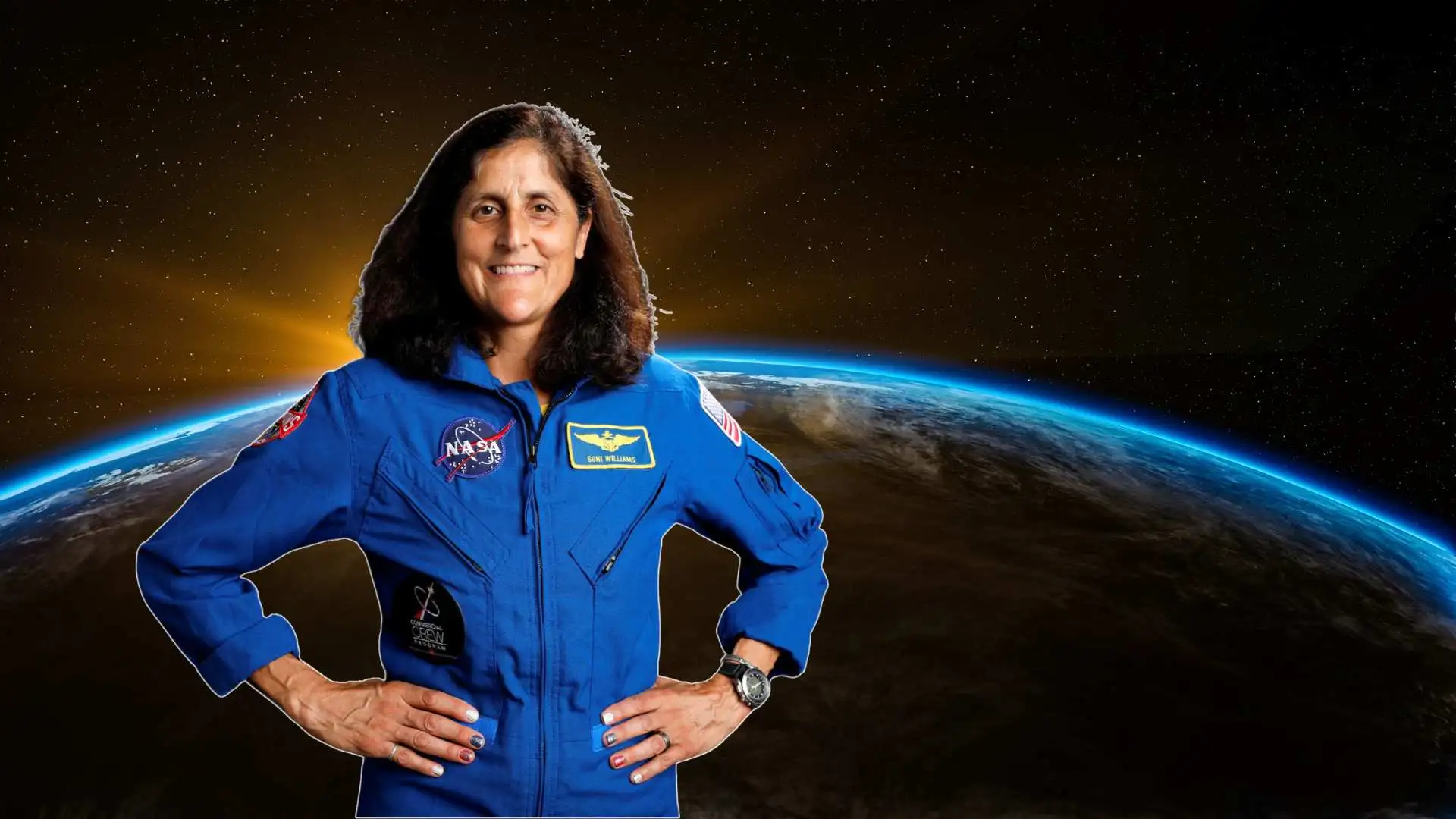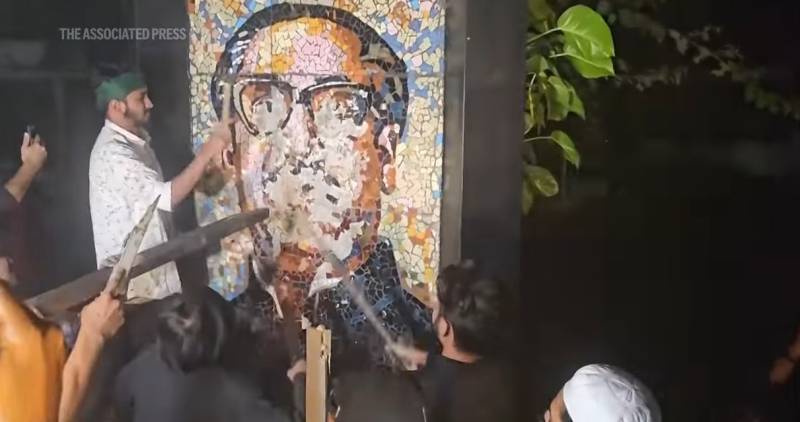Washington: NASA astronaut Sunita Williams, renowned for her pioneering achievements in space exploration, is preparing for her eighth spacewalk on January 30, marking a significant milestone in her illustrious career. This extravehicular activity (EVA), lasting approximately six and a half hours, will involve crucial scientific research and maintenance tasks aboard the International Space Station (ISS).
Partnering with astronaut Barry Wilmore, Williams will undertake two key objectives: dismantling a radio frequency antenna assembly and searching for microbial life on the ISS’s exterior. This mission is part of NASA’s ongoing efforts to explore the behavior and resilience of microorganisms in space, with potential implications for future space travel and Earth-based applications.
A Historic Milestone
If all goes according to plan, this spacewalk will crown Williams as the most experienced female spacewalker in history. The current record, held by retired astronaut Peggy Whitson, stands at 10 spacewalks totaling 60 hours and 21 minutes. Williams, who has logged 56 hours and 40 minutes of spacewalking time, is poised to break this record, cementing her place in space exploration history.
Williams’s dedication and achievements reflect the broader strides being made in human space exploration. “This mission is a testament to the resilience and innovation of astronauts like Sunita, who continue to push the boundaries of what’s possible,” a NASA spokesperson stated.
The Quest for Microbial Insights
A key component of the spacewalk will be the search for microbial colonies on the ISS. Researchers will focus on swabbing areas such as the vents of the life support system to identify extremophiles—microorganisms capable of thriving in harsh environments like space.

This research is part of NASA’s External Microorganisms project, which aims to understand how bacteria behave in space, their potential for survival, and their implications for future missions. Understanding microbial behavior is critical to preventing contamination during lunar and Martian explorations and safeguarding extraterrestrial ecosystems.
The findings could also have significant applications on Earth, particularly in agriculture and medicine. Resilient microbes may hold the key to innovations in these fields, benefiting humanity beyond space exploration.
Preparing for the Mission
In preparation for the EVA, Williams and Wilmore have undergone rigorous protocol reviews inside the Quest airlock. Their Simplified Aid for EVA Rescue (SAFER) devices, designed to help astronauts return to safety in case of detachment, have been tested for fuel and power capacity. The duo has also been maintaining and inspecting their spacesuits to ensure mission success.
As the space community awaits this historic event, Williams’s achievements serve as an inspiration to aspiring astronauts and a reminder of the limitless possibilities of human exploration.





